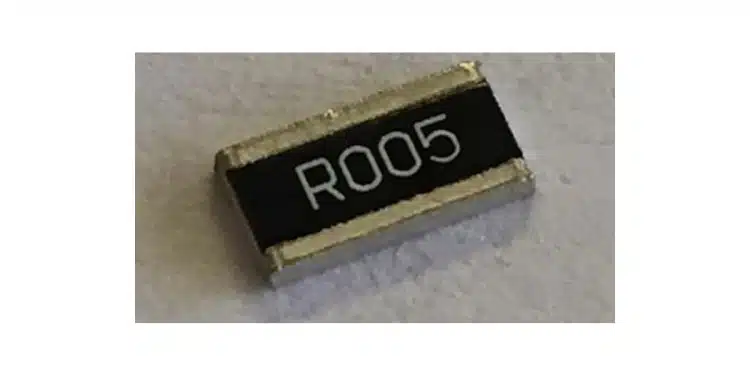Stackpole releases new size CSRF1225 foil on ceramic carrier current sense resistors in reverse geometry 1225 size.
Applications for surface mount chip resistors with high power requirements typically mean higher circuit temperatures due to thermal resistance limitations. One of the most common and economical options for reducing the effects of power is wide terminations.
By applying the terminations to the long sides of the chip resistor, the hot spot temperature of a given chip size is reduced by 30% to 40%. Stackpole’s CSRF foil on ceramic carrier series of current sense
resistors now offers a 1225 size resistor rated at 3 watts.
The CSRF1225 is available in resistance values from 1 milliohm to 100 milliohm in tolerances down to 0.5% and TCR as low as 50 ppm. This makes the CSRF1225 ideal for applications including a wide range of power supply types, motor controls, industrial controls, voltage regulators, and LED drivers.
Features:
- High power rating
- Wide resistance range
- Current handling up to 26 amps
- TCR down to ± 50 ppm/C
- Other resistance values may be available
- 100% RoHS compliant and lead free without exemption
- Halogen free
- REACH compliant































